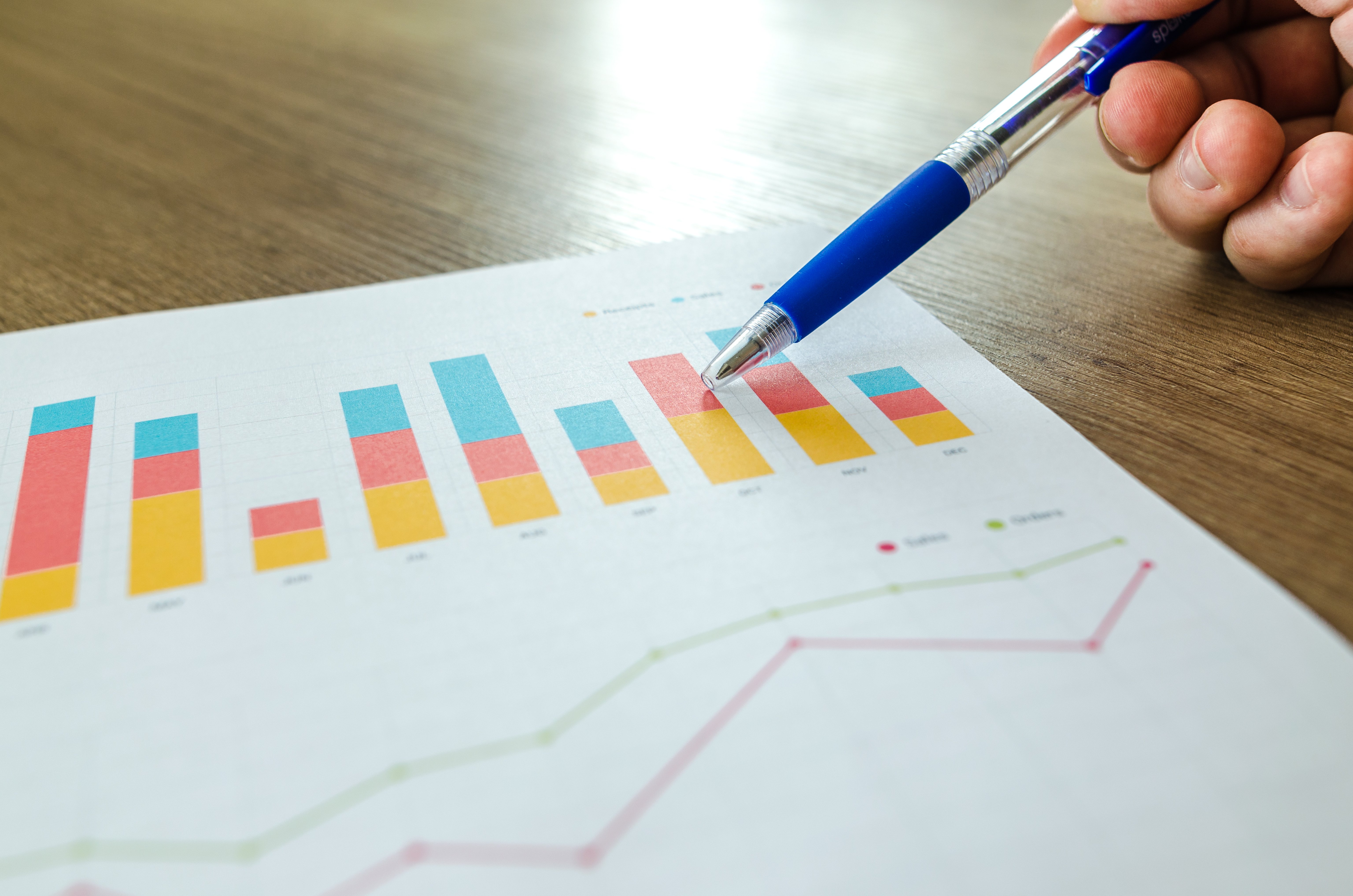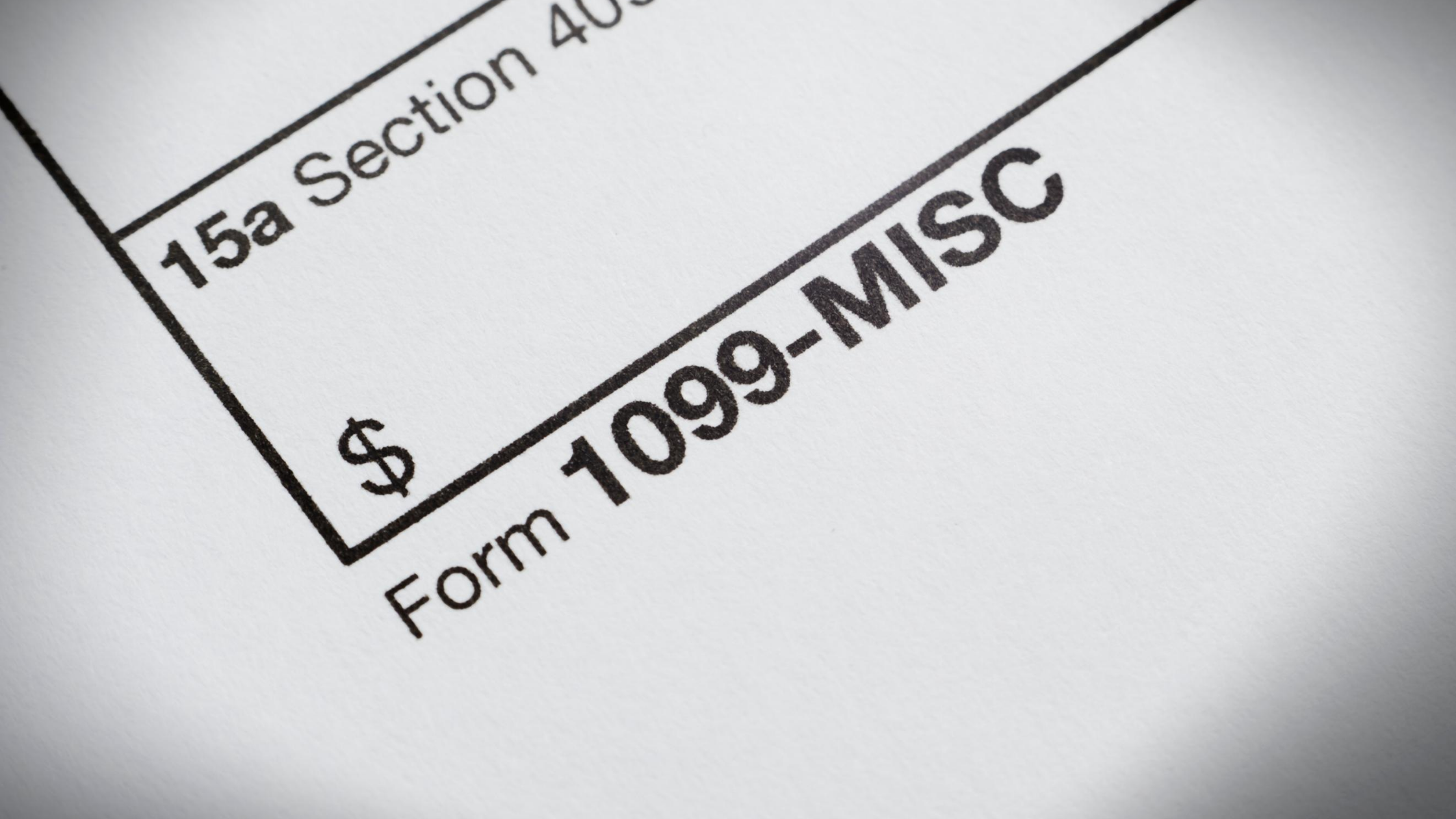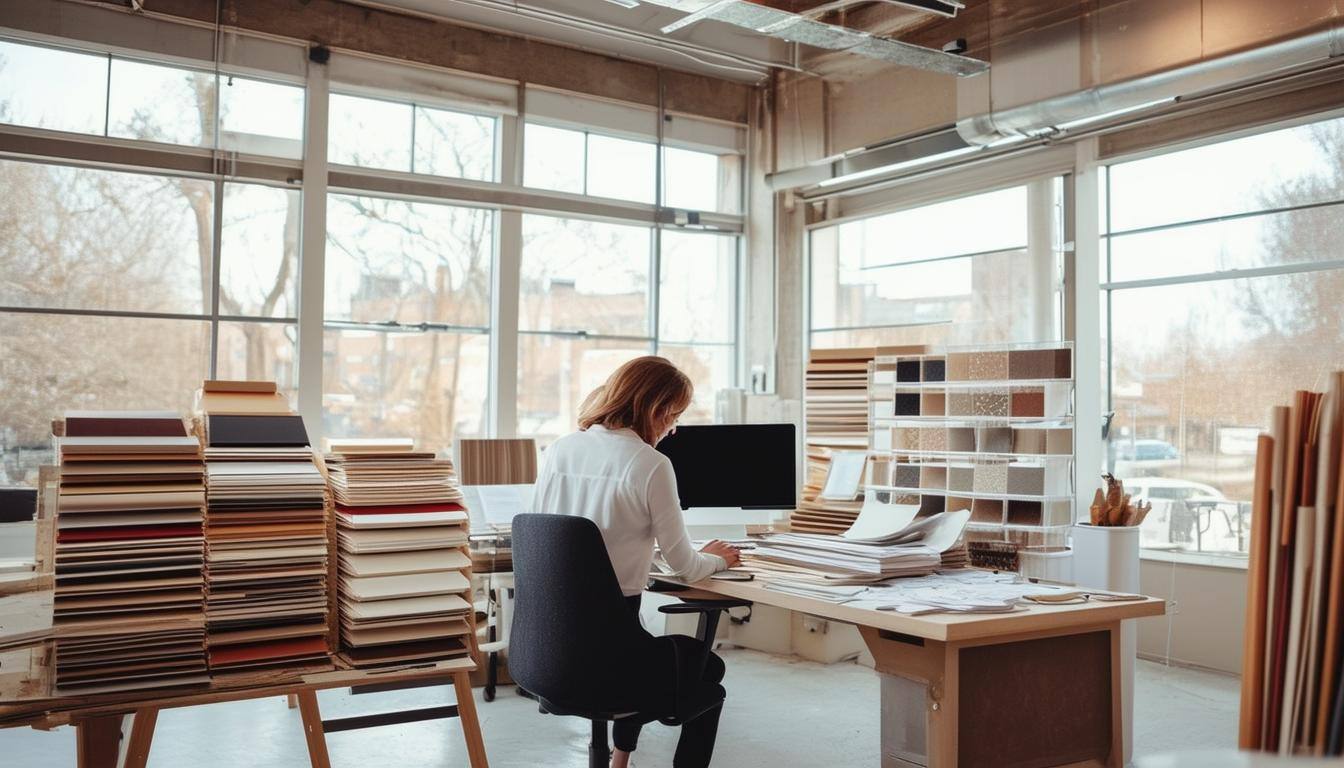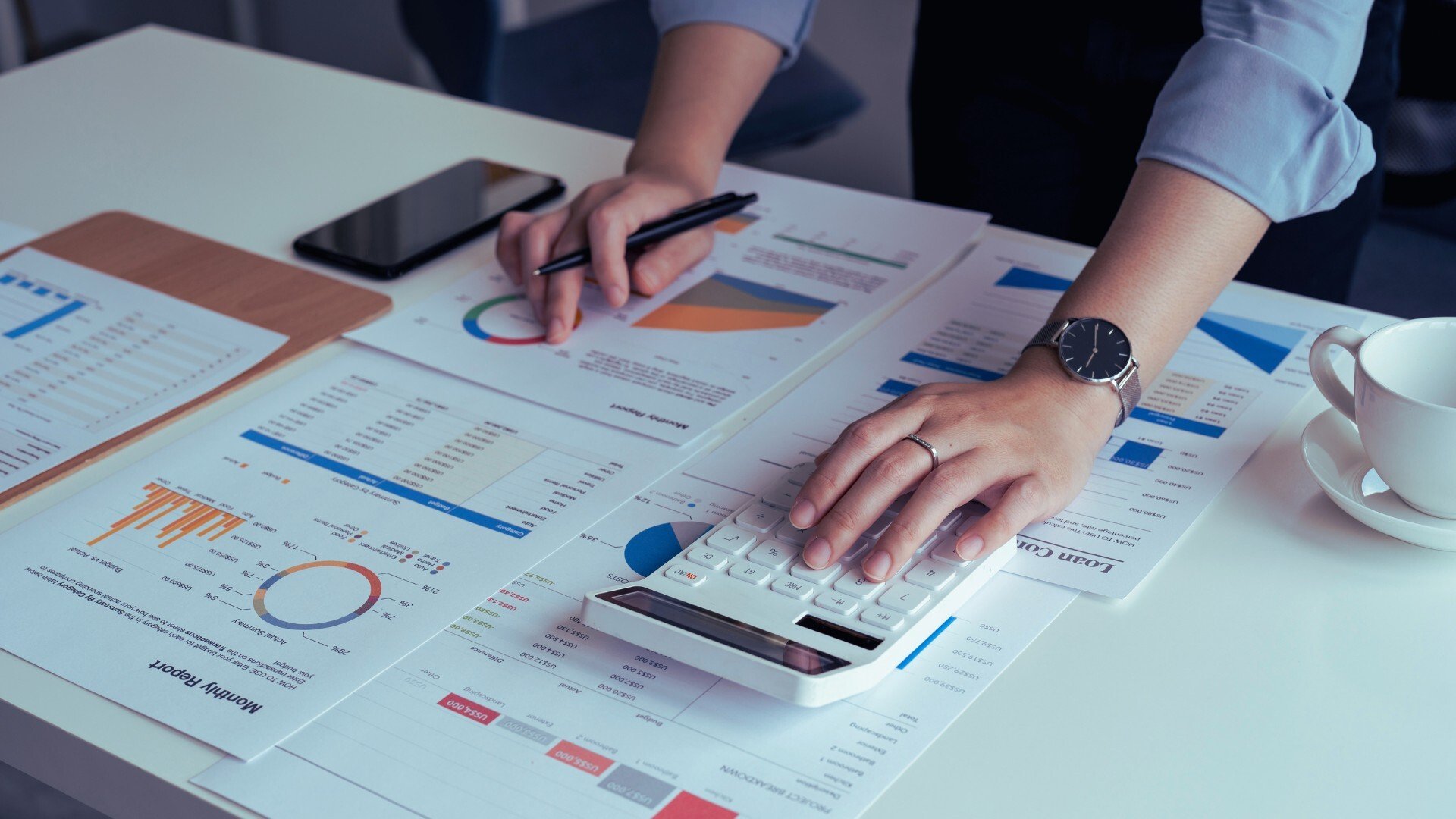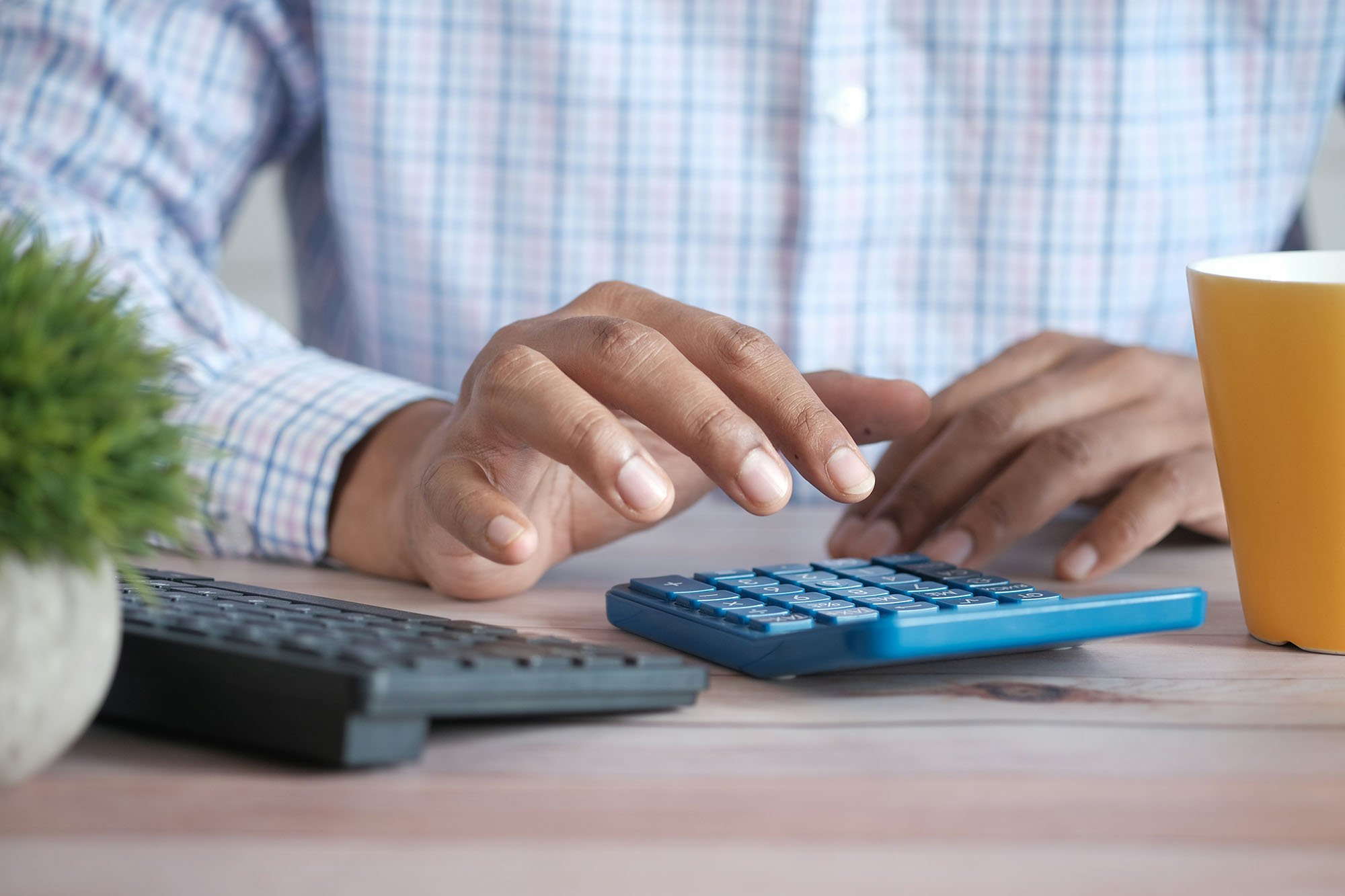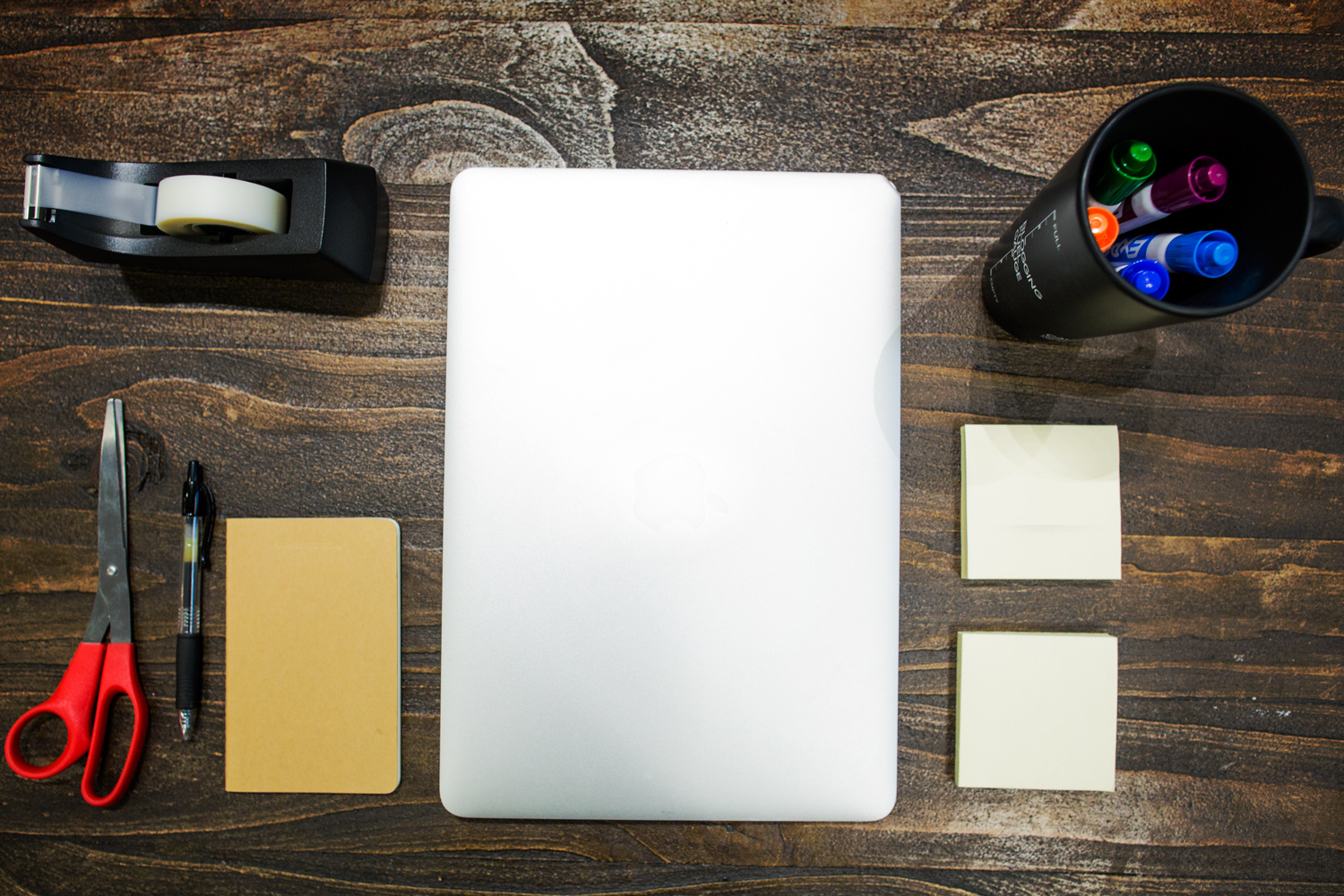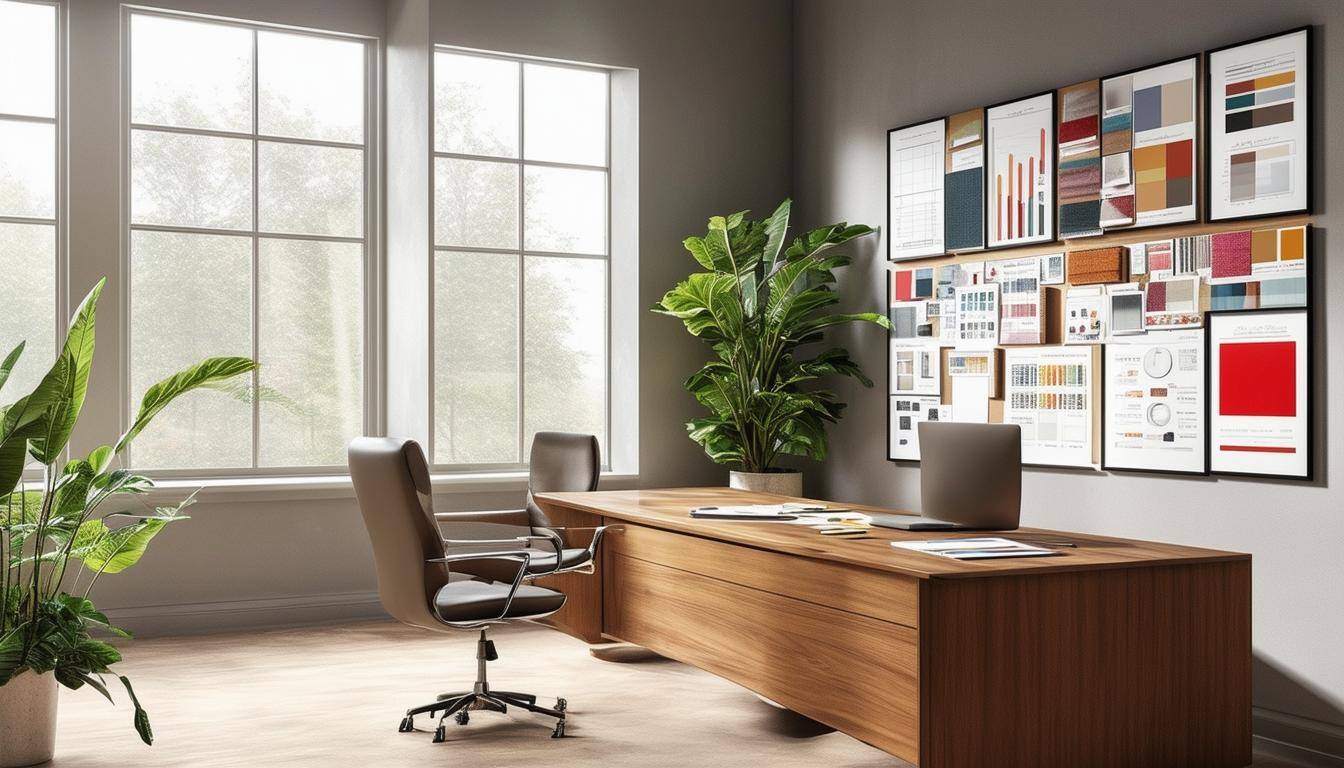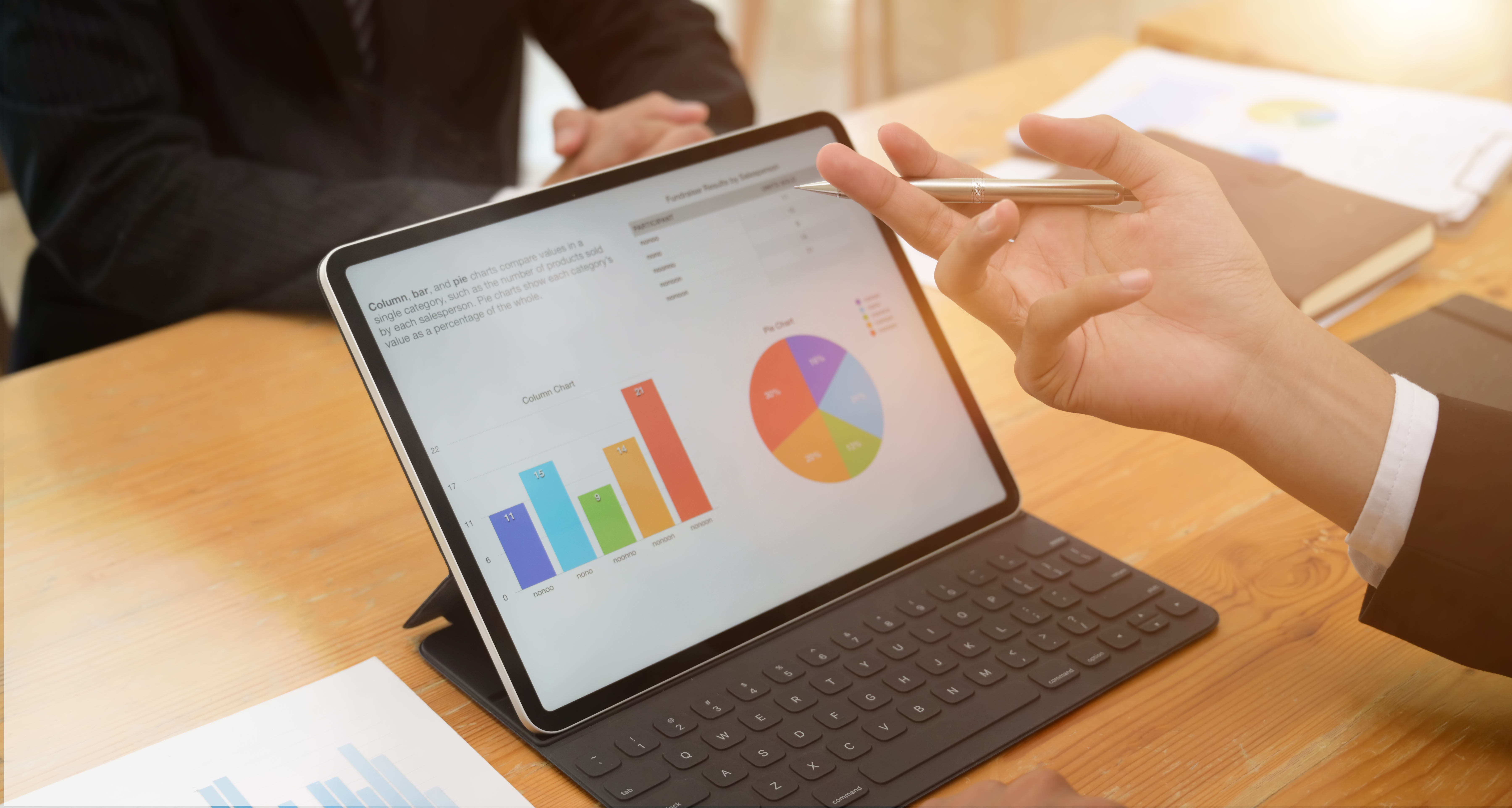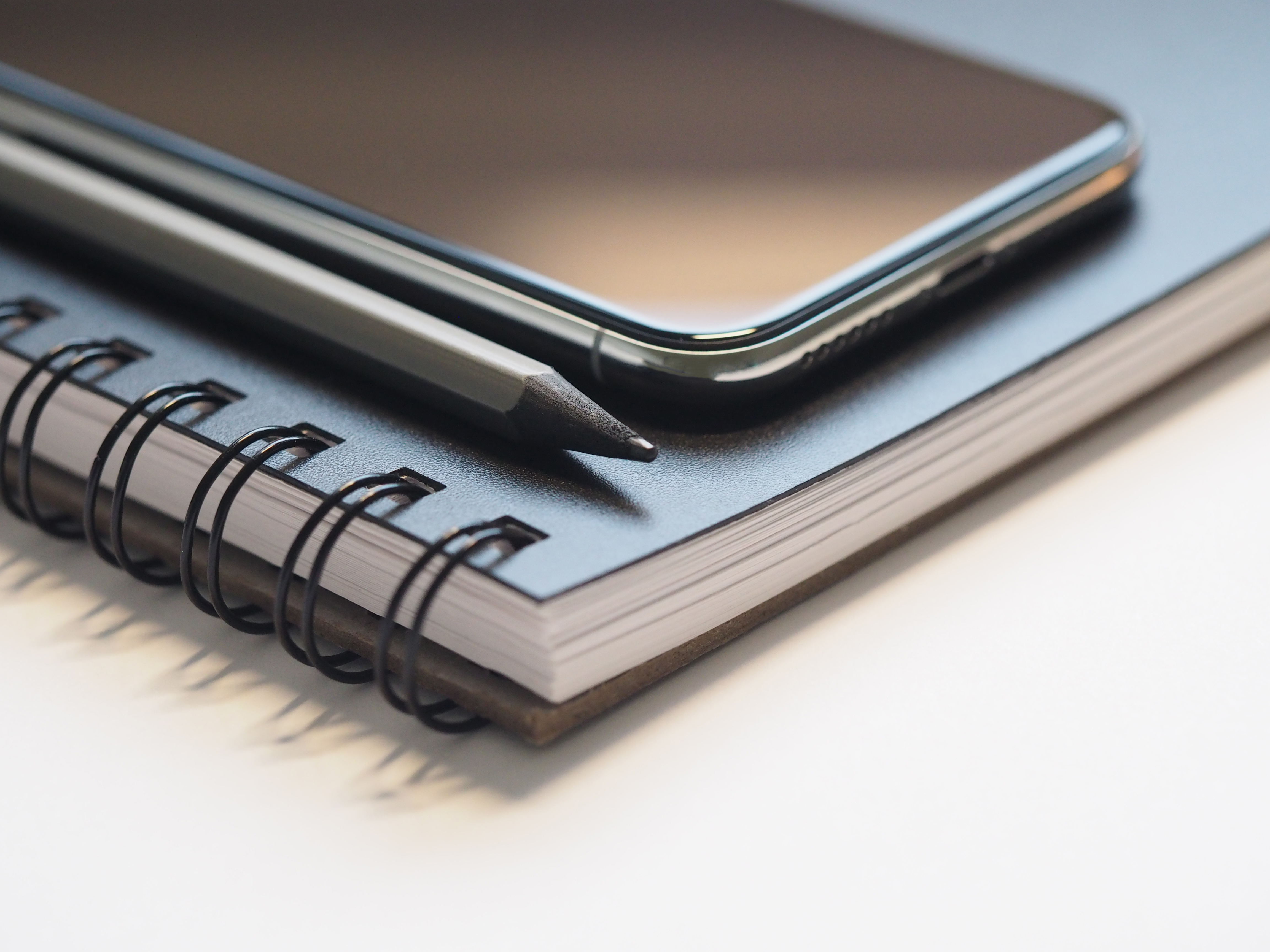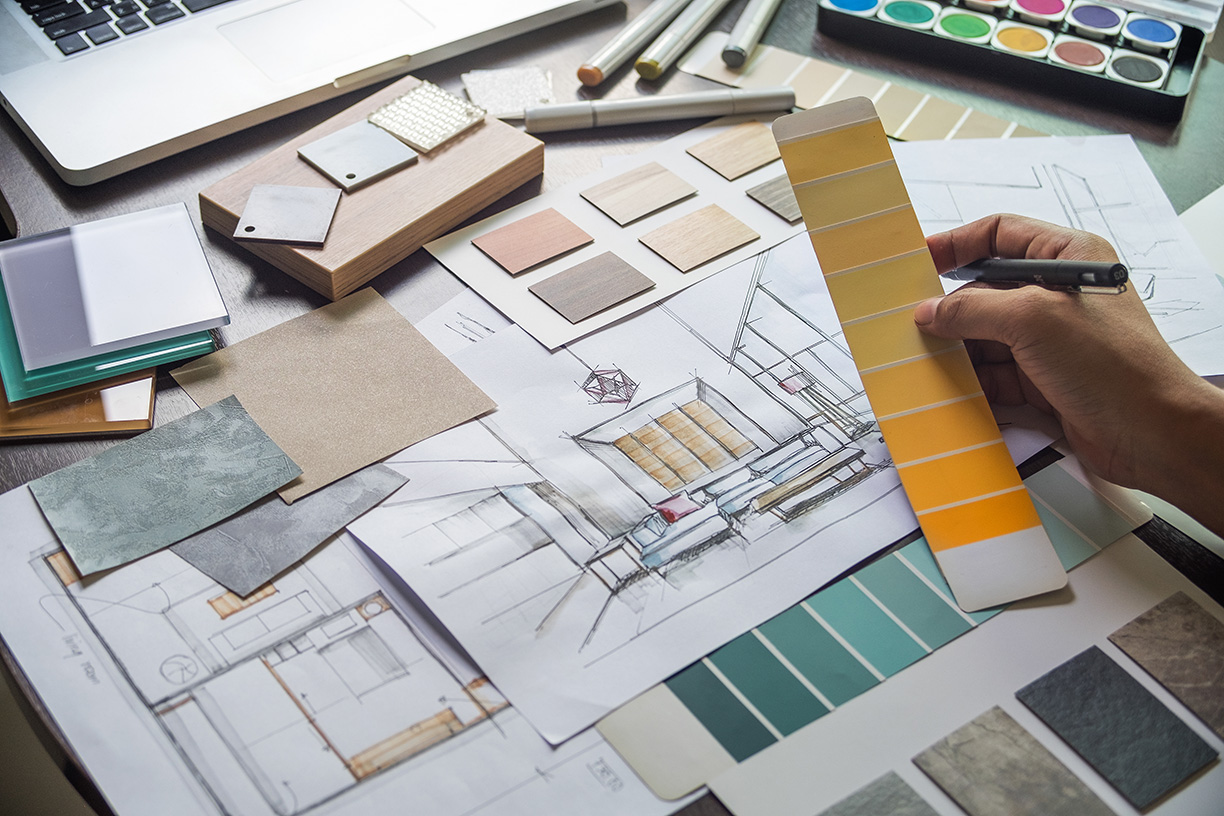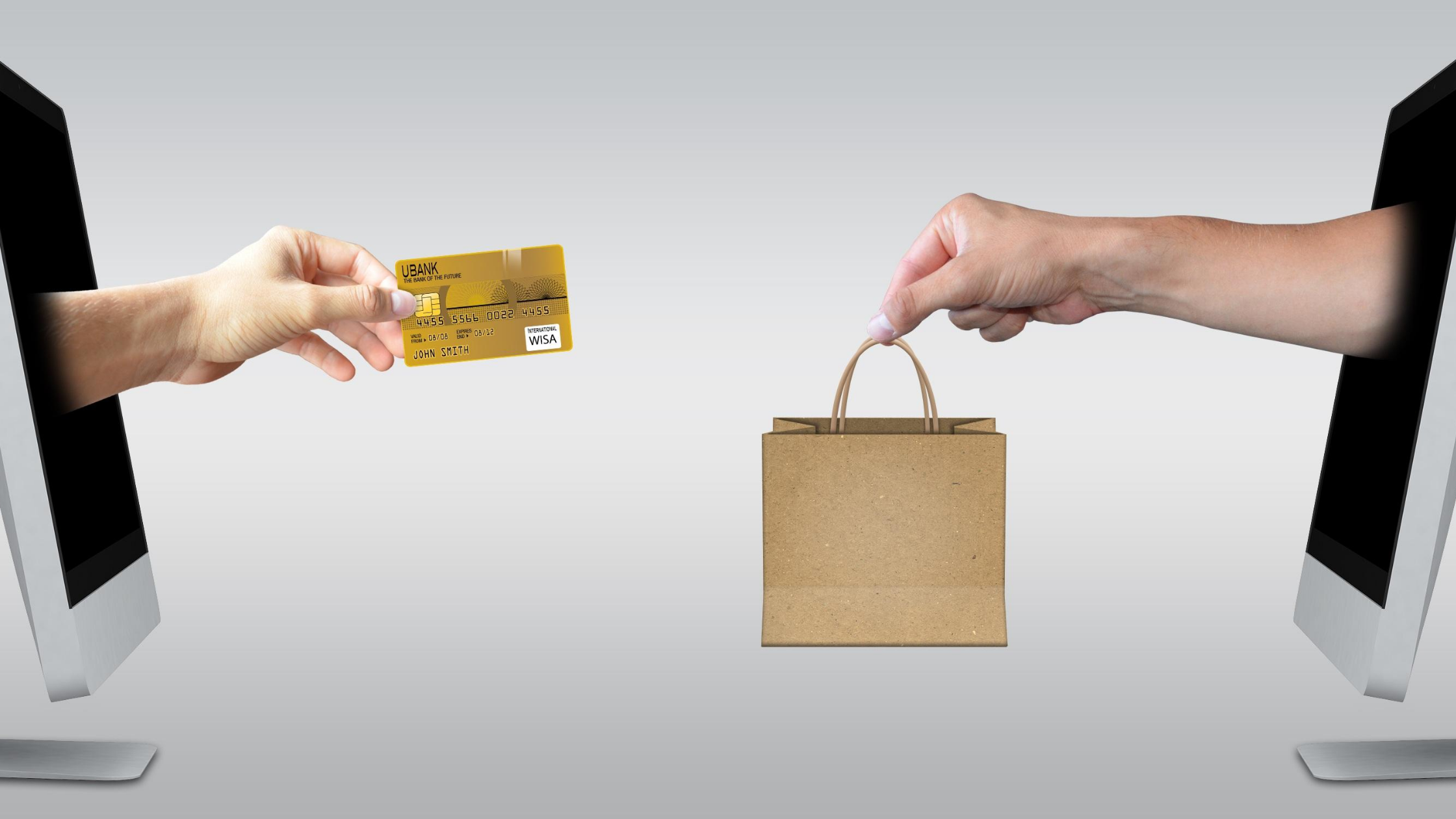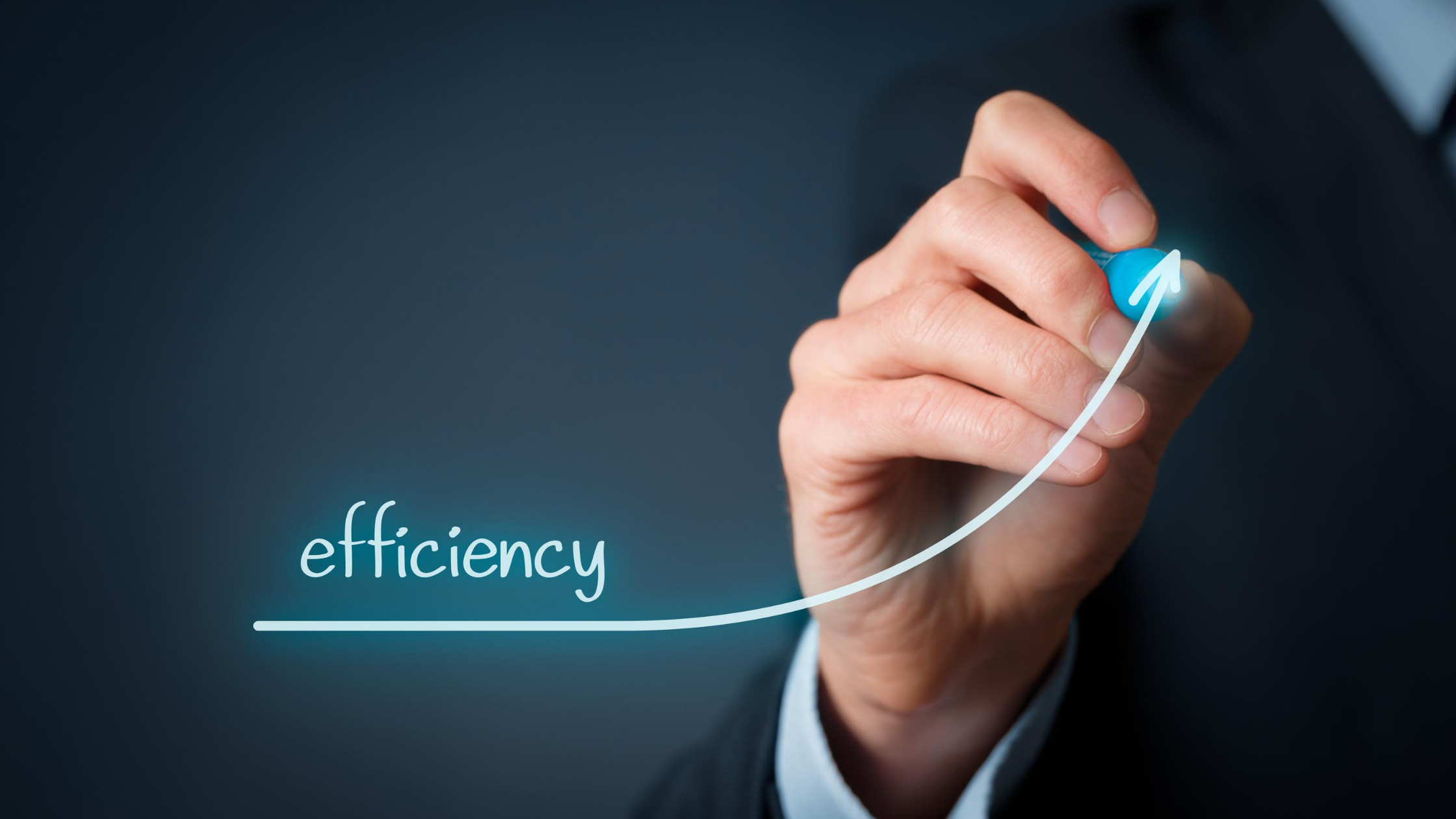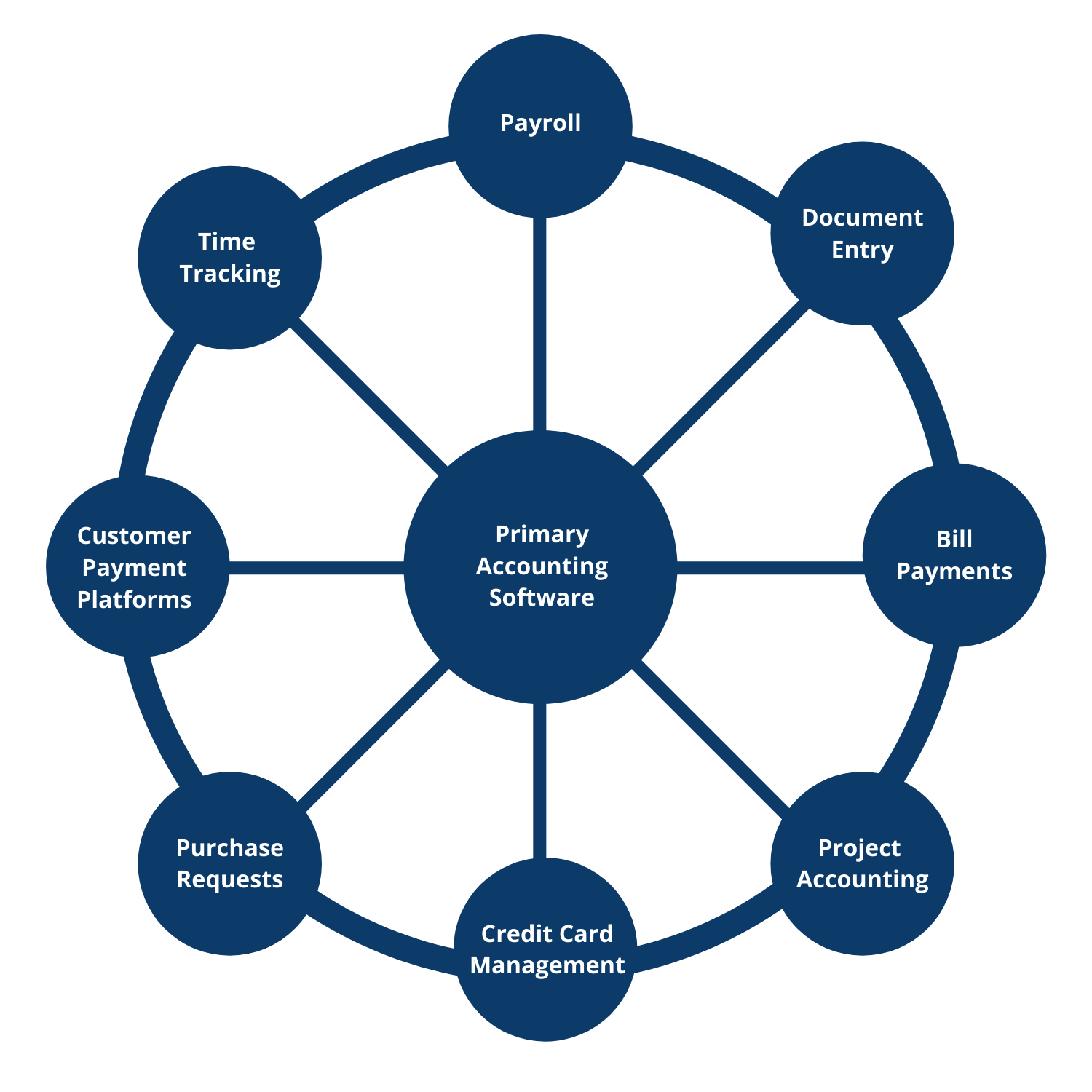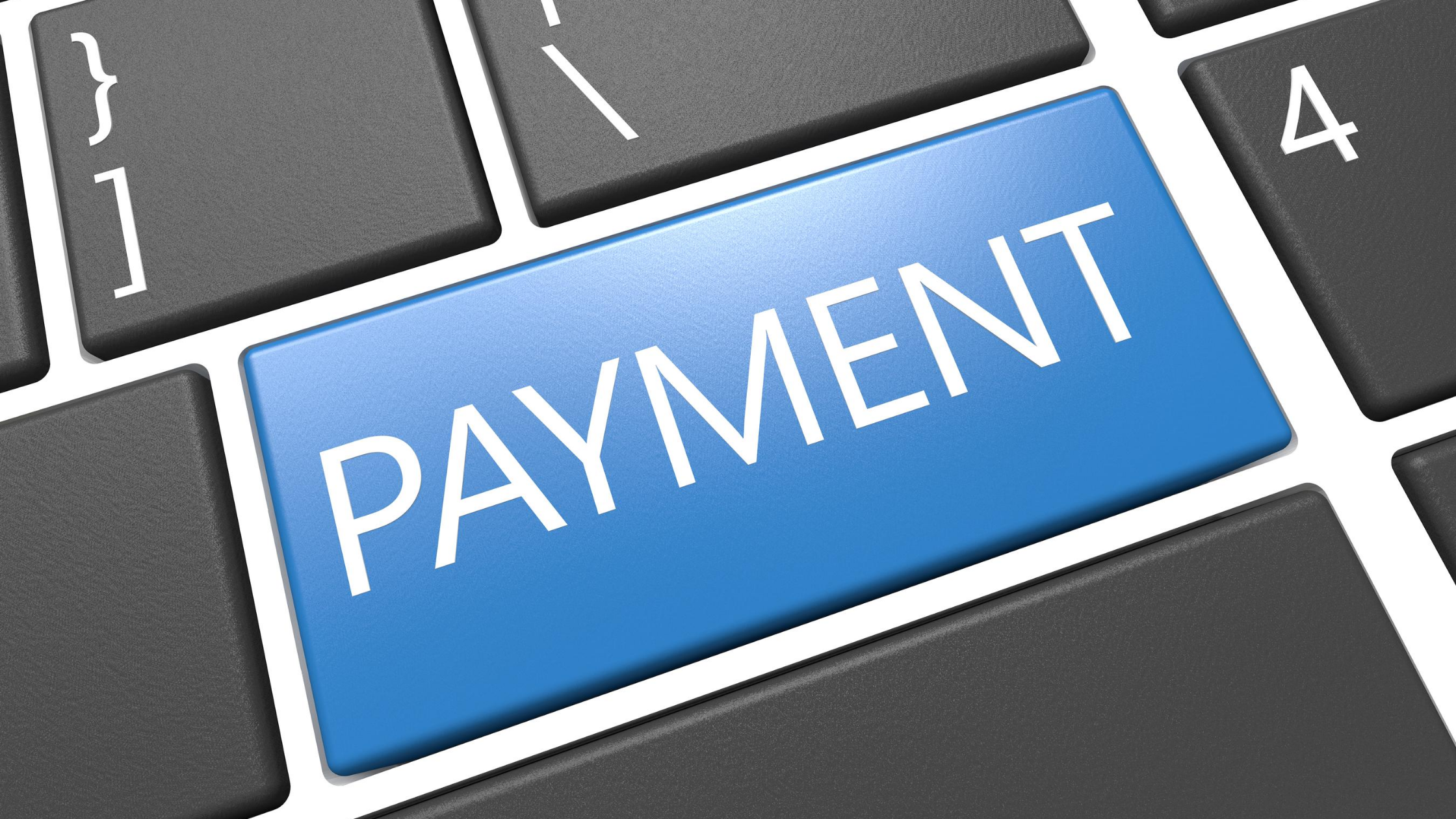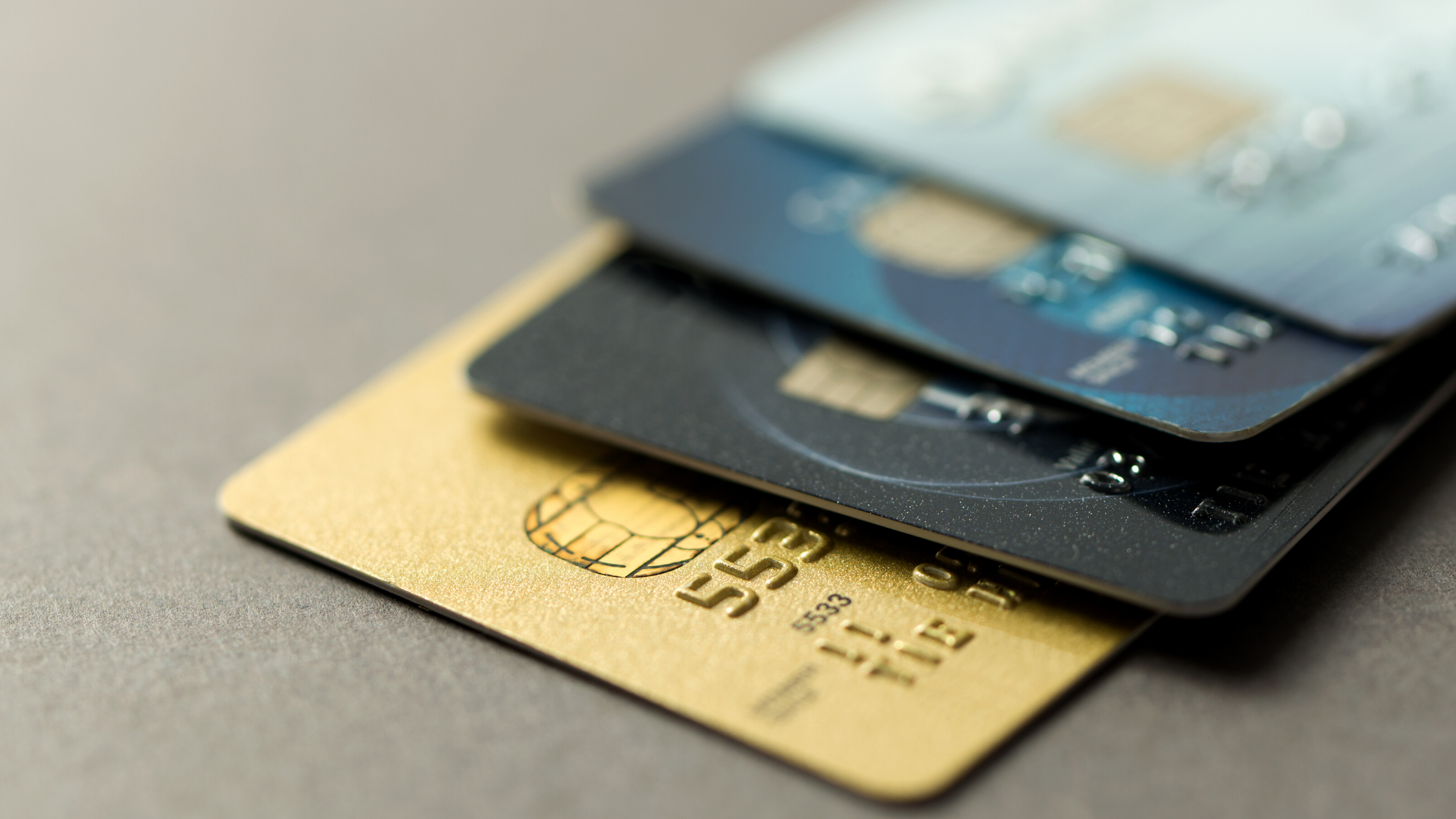There's an illusion out there that you can simply look at your bank balance and judge how healthy your business is. While that may be somewhat true for select businesses, it is certainly not true for interior designers. One of the most common questions we receive is how much cash on hand is really mine and how much is client funds?
Let's review the process flow of cash for an interior designer before we answer this question. A proposal full of furniture is sent to the client for their approval. Once approved, they remit payment for those items. At this point in time, cash is increased so the bank balance might look really good. However, the designer still has to purchase the furniture they promised to the client with that cash. There is always going to be this time lag between when cash is received from the client and when it's paid to the vendors for the product. When this simple example is happening with 20-30 projects at a time, all of which are at different stages of the process, the question can become much more difficult.
It's important to know the answer to the question because it sets the tone for decisions to be made about operating expenses and other investments.
So how do you know how much cash is really yours?
- First, your books must stay up to date at all times. If you are behind in your bookkeeping, you will never have a clear picture of your finances.
- Use a software built for interior designers that includes balances for Work In Progress, Client Deposits, and Vendor Payments plus all the traditional necessary accounting accounts like AR, AP, Bank and Credit Card balances.
- Run a hypothetical sale scenario
If you were to collect all open receivables, pay all open payables, and clear out all of your WIP, how much cash would you have left?
Studio Designer has a tool built-in that I think is a great start toward this called "Cash Analysis". While this cash analysis must be interpreted on a case-by-case basis for individual designer situations, it can be used to give you a general idea of the question.
While this can vary widely, we usually see designers' ending cash in the hypothetical sale scenario be about 30% of the actual cash they have in the bank. That is a big difference! It's important to remember this so you are not spending money that is earmarked for client furniture. If the ending cash winds up being zero or negative, that is a big warning sign! Even though you have current cash in your account, you are getting close to robbing Peter to pay Paul. Some businesses use the envelope system of bank accounts to help segregate this cash.
Other considerations you may want to look at include design fee retainers, non-product deposits, and long-term debt/loans that may not be in this calculation. If your ending cash is very high but you have a lot of long-term debt, that's not good either.
As a business owner, you always want to view the whole picture and not get caught staring at one item in particular… for example just looking at your cash balance is not going to tell you how healthy your business is.
At Accounting Frontier, not only do we help you with your daily bookkeeping and transaction entry, but we also help you analyze what's happening in your business.
